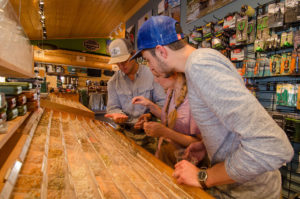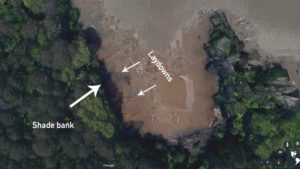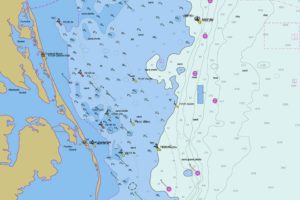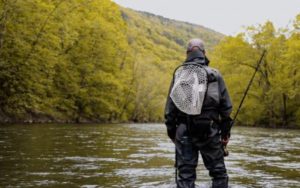Have you ever been on a trip, be it with your family or significant other, and you wanted to wet some lines in a new or exotic area, but didn’t know where to begin? Well then this is the article for you! Here are 5 helpful tips for any angler looking to get started in an unfamiliar location.
- The Worldwide Web: The easiest way to gain fishing information is with a quick Google search. While you may not stumble upon any super secret locations, this can be a great place to gain general knowledge about locations as well as flies and tackle. Specifically look for recent blog posts or regularly updated local fishing reports. Try to avoid any information that dates back more than a few years as conditions are constantly changing.
- Ask a Local: If you have the time, it is always a good idea to consult a local fly or tackle shop before heading out into unfamiliar waters. Employees of these shops can be a wealth of information regarding local conditions and methods. The shop may even offer guided trips if that is something you are interested in. This is also a great one-stop option if you will be needing to purchase tackle or any licenses for the area. One important thing to remember is that no one wants to give up their favorite fishing hole, or their second favorite… but if you are friendly and make a purchase in the shop to support the business, they may just give up their third favorite.

- Google Earth: The creation of google earth has been a game changer in the fishing world ever since its creation. With this tool it is possible to see clear images of coastlines, structure, and even slightly submerged objects. Additionally, google earth can provide clear visuals on drop-offs and gradual changes in depth. While this tool is definitely more helpful for saltwater and lake fishing, this can also be a key tool for scouting out areas of good structure along river systems. Google earth also gives users the ability to mark and save a location for future reference. If you don’t already know what you are looking for the google earth option can be a bit confusing; however, if you already have a baseline knowledge of an area this can be a game changer for finding spots.

- Nautical Maps and Charts: If you find yourself unable to use the internet, there is always the old fashioned way. This option relates mostly to marine or inshore fishing; however, this can also be a useful tool in larger lakes. Nautical charts provide accurate coastline and depth data. Similar to the google earth option, if you already have a baseline knowledge of methods and tackle for the area, this can be an incredibly helpful tool. Most nautical charts will also identify reefs, semi-submerged rocks, and shipwrecks which are all great holding areas for many fish species.

- Explore: At the end of the day there is no better way to learn how to fish a new area than simply going out and fishing. Anglers can be very secretive, and no one wants to expose their honey hole. Though all of the options on this list are helpful tools, it takes time and practice to find the best areas and most effective methods. That being said, you never know when you might stumble upon your own secret spot.
